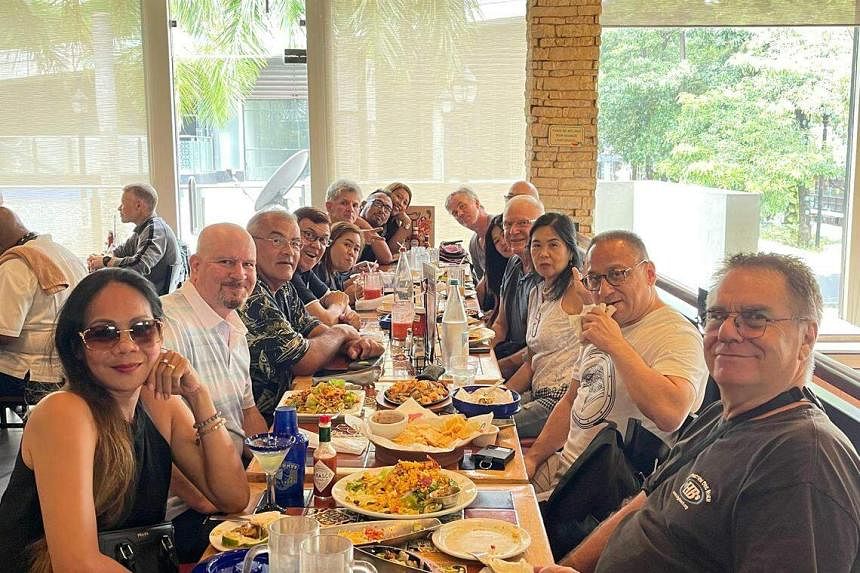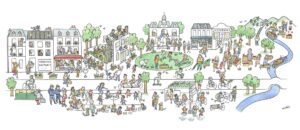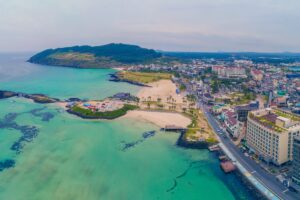‘Live like a king’ as retirees look to South-east Asia
3 min read
MANILA – American Steven Johnson often sits inside a wooden hut in Cavite, a province south of the capital Manila, as he records videos teaching other expatriates what they need to do to live the rest of their days in warm and sunny Philippines.
Mr Johnson, 59, was a school safety officer in the United States. But since moving to this South-east Asian country five years ago after retiring from his day job, he has become a YouTuber running “The Philippine Info Channel” catering to mostly Westerners hoping to retire in the Philippines.
He also leads a support group of about 150 foreign retirees, some of whom are raising children with their Filipina partners like himself.
“We have a good life here,” Mr Johnson told The Straits Times from his home on top of a breezy hill overlooking lush greenery and a river.
He is one of more than 73,800 holders of the Philippines’ Special Resident Retiree Visa designed to entice foreigners 50 years old and above to call the country their second home.
Other South-east Asian nations offer similar visas or temporary stay permits that allow foreign retirees to live, work or study there for a certain period and enjoy perks like multiple entry privileges, health insurance and tax exemptions.
Ms Marie Luxa, 56, a former banker from Australia, retired in the island of Penang in Malaysia in 2016. She was attracted to how the country is predominantly English-speaking, its low cost of living and its infrastructure, including access to good hospitals and supermarkets.
The clincher was access to the long-term Malaysia My Second Home (MM2H) visa. This was introduced in 2002 by the Malaysian government as a way for non-Malaysians to retire and live in Malaysia, renewable after 10 years. A review in 2021 tightened the requirements for new applicants.
In 2020, there were 127,200 foreigners living in Penang, while the state’s population stood at 1.74 million, according to the Statistics Department.
South-east Asia has long been a hot spot for thousands of foreigners looking for a new place to live or work that comes with tropical weather, rich culture, cheap commodities and housing, and proximity to nature and wildlife.
They often live in or near capital cities for easy access to business districts or in top tourist spots like Bali in Indonesia and Boracay in the Philippines that are renowned for their white-sand beaches.
Mr Johnson’s monthly pension of about US$3,000 is more than enough to get by in a city where renting three adjacent one-bedroom apartments for his 45-year-old girlfriend, her daughter who is going to college and their two adopted children costs him only around US$190 a month.
This is about 10 times cheaper than renting one apartment in his home town of Lawrence, Massachusetts.
“If you’re making US$1,500 a month, that’s enough to survive here. But back in the US, that will be your rent – and you’d be broke,” said Mr Johnson. “Over here, you’re rich; you can live like a king.”
Discover more from Slow Travel News
Subscribe to get the latest posts sent to your email.



